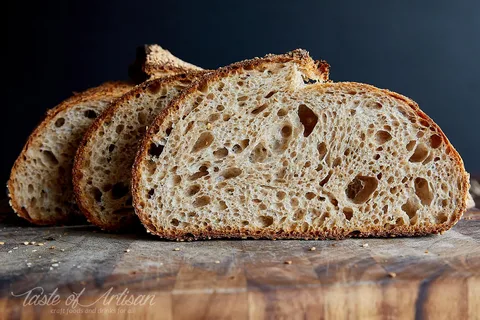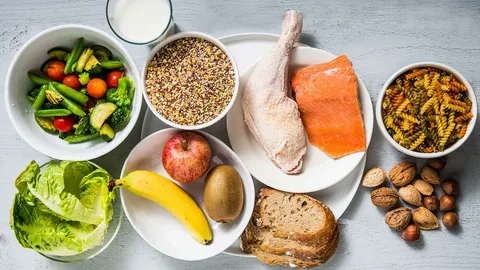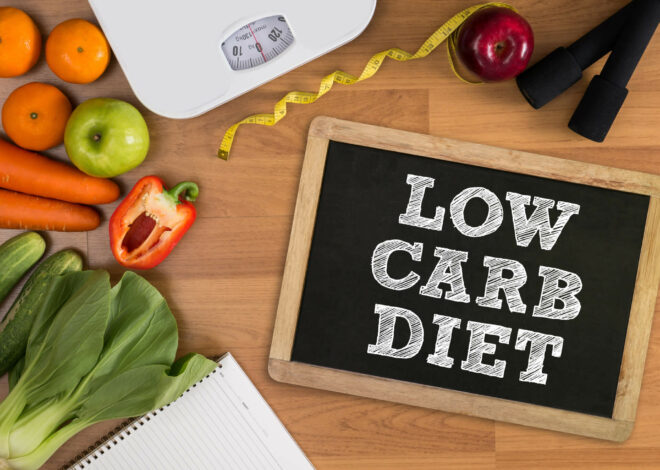
Sourdough Bread: Nutrients, Benefits, and Recipe
Part 1 Understanding Sourdough Bread
What is Sourdough Bread?
Sourdough bread is a type of bread made from a fermented dough composed of flour and water. Unlike conventional bread, which relies on commercial yeast for leavening, sourdough bread is leavened through a natural fermentation process using wild yeast and lactic acid bacteria. This fermentation process gives sourdough bread its distinctive tangy flavor and chewy texture.
Nutrients in Sourdough Bread
Sourdough bread is not only delicious but also rich in essential nutrients. Here are some key nutrients found in sourdough bread:
Complex Carbohydrates:
Sourdough bread is a source of complex carbohydrates, which provide a steady release of energy and help keep you feeling full and satisfied.
Protein
Sourdough bread contains protein from the flour used to make the dough. Protein is essential for building and repairing tissues in the body.
Fiber
Sourdough bread is higher in fiber compared to conventional bread, thanks to the fermentation process. Fiber is important for digestive health and can help regulate blood sugar levels and promote satiety.
Vitamins and Minerals
Sourdough bread contains various vitamins and minerals, including B vitamins (such as folate and niacin), iron, magnesium, and zinc, which play vital roles in overall health and well-being.
Health Benefits of Sourdough Bread
Improved Digestibility
The fermentation process involved in making sourdough bread breaks down complex carbohydrates and gluten, making it easier to digest for some individuals with gluten sensitivities or intolerances.
Enhanced Nutrient Absorption
The fermentation process also increases the bioavailability of certain nutrients in sourdough bread, making it easier for the body to absorb and utilize vitamins and minerals present in the bread.
Lower Glycemic Index
Sourdough bread typically has a lower glycemic index compared to conventional bread, which means it causes a slower and more gradual rise in blood sugar levels. This can help stabilize energy levels and reduce the risk of insulin spikes.
Prebiotic Properties
The lactic acid bacteria present in sourdough bread have prebiotic properties, which means they promote the growth of beneficial probiotic bacteria in the gut. A healthy gut microbiome is essential for overall digestive health and immune function.
Antioxidant Activity
Studies have shown that sourdough fermentation increases the antioxidant activity of bread, potentially providing additional health benefits and protecting against oxidative stress.
How to Make Sourdough Bread
Sourdough Starter Ingredients
- 100 grams whole wheat flour
- 100 grams lukewarm water
Instructions
In a clean glass jar or container, mix together the whole wheat flour and lukewarm water until well combined.
Cover the jar loosely with a clean kitchen towel or plastic wrap and let it sit at room temperature for 24 hours.
After 24 hours, discard half of the starter mixture and add another 100 grams of whole wheat flour and 100 grams of lukewarm water to the jar. Stir until well combined.
Repeat this process every 24 hours, discarding half of the starter mixture and feeding it with equal parts whole wheat flour and lukewarm water, until the starter becomes bubbly and active (usually takes about 5-7 days).
Sourdough Bread Ingredients
- 300 grams active sourdough starter
- 400 grams bread flour
- 200 grams lukewarm water
- 8 grams salt
Instructions
In a large mixing bowl, combine the active sourdough starter, bread flour, lukewarm water, and salt. Stir until a shaggy dough forms.
Transfer the dough to a lightly floured surface and knead for 10-15 minutes, or until the dough is smooth and elastic.
Place the dough in a clean, lightly greased bowl and cover it with a clean kitchen towel or plastic wrap. Let it rise at room temperature for 4-6 hours, or until doubled in size.
Once the dough has doubled in size, gently deflate it and shape it into a round loaf.
Place the shaped loaf on a parchment paper-lined baking sheet and cover it loosely with a clean kitchen towel. Let it rise for an additional 2-4 hours, or until puffy and nearly doubled in size.
Preheat your oven to 450°F (230°C) with a cast iron Dutch oven or baking stone inside.
Once the oven is preheated, carefully transfer the risen loaf to the preheated Dutch oven or baking stone using the parchment paper as a sling.
Score the top of the loaf with a sharp knife or razor blade, then cover the Dutch oven with its lid (or use a large overturned bowl to cover the baking stone).
Bake the loaf covered for 20 minutes, then remove the lid and continue baking for an additional 20-25 minutes, or until the loaf is golden brown and sounds hollow when tapped on the bottom.
Remove the bread from the oven and let it cool completely on a wire rack before slicing and serving.
Frequently Asked Questions
Can sourdough bread be made with gluten-free flour?
Yes, sourdough bread can be made with gluten-free flour, such as rice flour, sorghum flour, or a gluten-free flour blend. However, it may require different ratios and adjustments to achieve the desired texture and flavor.
How do I know when my sourdough starter is ready to use?
Your sourdough starter is ready to use when it is active, bubbly, and has doubled in size within 4-6 hours after feeding. It should also have a pleasant tangy aroma and show signs of fermentation activity.
Can I use sourdough starter from a friend or purchase it instead of making my own?
Yes, you can obtain sourdough starter from a friend or purchase it from specialty stores or online suppliers. Just make sure to follow the instructions provided for feeding and maintaining the starter to keep it healthy and active.
How do I store sourdough bread to keep it fresh?
To keep sourdough bread fresh, store it in a paper bag or bread box at room temperature for up to 2-3 days. Alternatively, you can freeze sliced sourdough bread in an airtight container or freezer bag for up to 3 months.
Can I make sourdough bread without using commercial yeast?
Yes, sourdough bread is traditionally made without commercial yeast, relying solely on wild yeast and lactic acid bacteria for leavening. However, some recipes may include a small amount of commercial yeast for added leavening power or to speed up the fermentation process.
Is sourdough bread suitable for people with gluten sensitivities or intolerances?
While sourdough bread is easier to digest for some individuals with gluten sensitivities or intolerances due to the fermentation process, it still contains gluten and may not be suitable for everyone. Individuals with celiac disease or severe gluten intolerance should avoid sourdough bread made from wheat flour and opt for gluten-free alternatives instead.
Can I use sourdough starter to make other baked goods besides bread?
Yes, sourdough starter can be used to make a variety of baked goods, including pancakes, waffles, muffins, and even pizza dough. Experiment with different recipes and enjoy the unique flavor and texture that sourdough adds to your favorite baked treats.
Conclusion
Sourdough bread is not only delicious but also offers numerous health benefits, thanks to its natural fermentation process and nutrient-rich composition. By understanding the nutrients found in sourdough bread, exploring its various health benefits, and learning how to make your own sourdough bread at home, you can enjoy this wholesome and flavorful bread as part of a balanced diet. So why not give sourdough bread a try and experience its unique taste and texture for yourself? With a little patience and practice, you’ll be baking beautiful loaves of sourdough bread in no time!
- Retinol Peel Near Busbridge, Surrey - June 1, 2025
- Jaw Slimming & Square Face Treatment Near Limpsfield, Surrey - May 31, 2025
- Nu-Derm Skin System Near Ottershaw, Surrey - May 30, 2025



